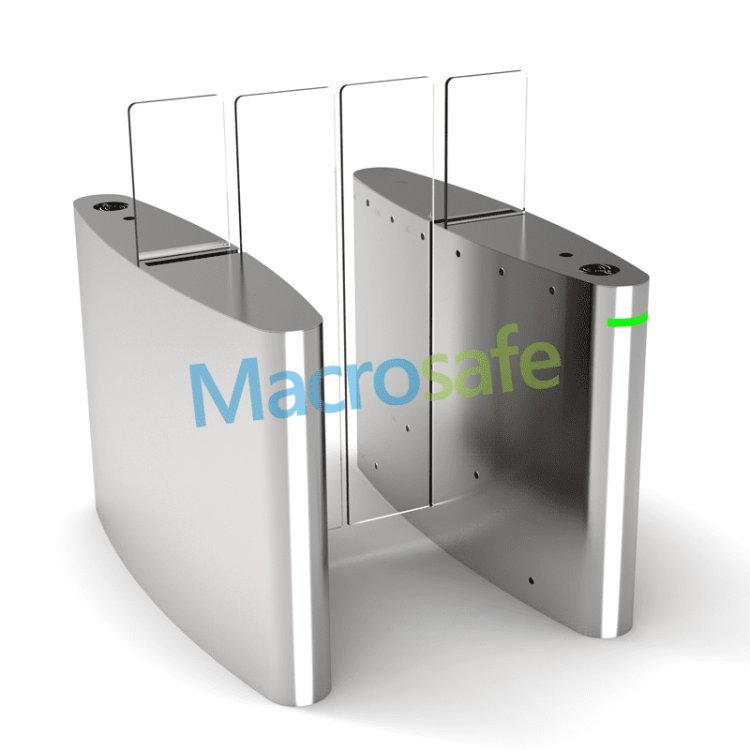The lobby serves as the gateway to a building, welcoming visitors and employees alike. However, ensuring the security of this crucial area is paramount to safeguarding the premises against unauthorized access and potential threats. Turnstiles offer a robust solution for securing the lobby area, providing controlled entry, enhanced access control, and a visible deterrent to unauthorized individuals. In this comprehensive guide, we explore the various ways in which turnstiles can be effectively utilized to fortify entrance security and create a safer environment for all.
Understanding Lobby Security Challenges
Importance of Lobby Security
The lobby is often the first point of contact for anyone entering a building, making it vulnerable to security breaches and unauthorized access. Without proper security measures in place, lobbies can become easy targets for intruders, posing risks to the safety of occupants and valuable assets within the premises.
Common Security Risks
Common security risks associated with lobbies include tailgating (when unauthorized individuals follow authorized personnel through entry points), piggybacking (multiple individuals entering on a single credential), and loitering (lingering in the lobby without legitimate business). These risks highlight the need for robust access control measures to prevent unauthorized entry and ensure the safety of building occupants.
Benefits of Using Turnstiles in the Lobby
Controlled Entry
Turnstiles provide controlled entry into the lobby area, allowing only authorized individuals to pass through while restricting access to unauthorized personnel. By implementing turnstiles at entry points, businesses can effectively manage the flow of traffic and prevent unauthorized entry, thereby enhancing overall security.
Enhanced Access Control
Integrating turnstiles with access control systems such as RFID card readers, biometric scanners, or keypad entry systems enables enhanced access control capabilities. Authorized individuals must present valid credentials or undergo biometric authentication to gain entry, ensuring that only authorized personnel can access the building.
Deterrent to Unauthorized Access
The presence of turnstiles serves as a visible deterrent to unauthorized access. Potential intruders are less likely to attempt unauthorized entry when faced with physical barriers such as turnstiles, reducing the risk of security breaches and deterring criminal activity in the lobby area.
Real-Time Monitoring and Reporting
Turnstiles equipped with advanced technology enable real-time monitoring and reporting of entry and exit activities. Integrated surveillance cameras and access control software provide security personnel with instant visibility into who is entering and leaving the lobby area, enabling proactive response to security incidents.
Best Practices for Implementing Turnstiles in the Lobby
Determine Security Requirements
Before implementing turnstiles in the lobby, assess security requirements and identify potential vulnerabilities. Consider factors such as building layout, traffic flow, and specific security threats to determine the optimal placement and configuration of turnstiles.
Choose the Right Turnstile Solution
Select turnstile solutions that align with the security needs and operational requirements of the lobby area. Choose from a variety of turnstile types, including waist-high, full-height, or optical turnstiles, based on factors such as space constraints, throughput capacity, and aesthetic preferences.
Integrate with Access Control Systems
Integrate turnstiles with access control systems to enable seamless authentication and entry processes. Choose compatible access control technologies such as RFID card readers, biometric scanners, or keypad entry systems, and ensure proper integration with existing security infrastructure.
Provide User Training and Education
Provide comprehensive training and education to building occupants on the proper use of turnstiles and access control procedures. Ensure that employees understand how to use access credentials, follow entry protocols, and report any suspicious activity in the lobby area.
Conclusion
In conclusion, turnstiles play a crucial role in securing the lobby area and enhancing entrance security for buildings of all types. By providing controlled entry, enhancing access control, and serving as a visible deterrent to unauthorized access, turnstiles help create a safer and more secure environment for building occupants and visitors. However, successful implementation requires careful planning, consideration of security requirements, and integration with access control systems. By following best practices and leveraging the benefits of turnstile technology, businesses can fortify lobby security and mitigate potential security risks effectively.











![Wireless Connectivity Software Market Size, Share | Statistics [2032]](https://handyclassified.com/uploads/images/202404/image_100x75_661f3be896033.jpg)



